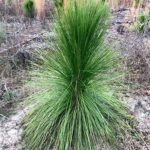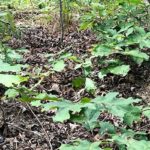Long-Term Planning
One important step in planning for your forest’s future is to determine what will happen to your land when you are no longer able to manage it. The articles below provide helpful information on these topics.
 |
GENERAL INFORMATIONWhatever your vision is, it can’t become a reality without planning. Each plan is unique to the owner and their land, but there are common basic steps that can get you started on a plan.
|
 |
MAINTAINING RECORDSKeeping good records of management activities is important for income tax purposes, complying with ATFS certification requirements and making better forest management decisions. Learn about the documents you should keep and why you should keep them.
|
 |
ESTATE PLANNINGYour woodland is an important part of your legacy, so careful estate planning is essential to its future. Estate planning can help you determine what happens to your land, such as who owns it and what they can do with it, after you pass away. With the right tools, assistance and good communication, estate planning can be a process that brings your family closer together and brings you some peace of mind.
|
 |
CONSERVATION EASEMENTSIf you want to permanently protect your land and its resources, a conservation agreement is one way to do so. In return for agreeing to restrict certain activities, the landowner gets tax and other economic benefits and the satisfaction of knowing that their property is protected for the time period of the agreement. |
 |
TAXESThere are many tax implications that come with owning and managing forestland. However, North Carolina and the federal government offer a variety of tax incentives, tax credits and tax deductions to qualifying woodland owners. The publications and resources in this section will help to gain a better understanding of the laws and programs that exist.
|
